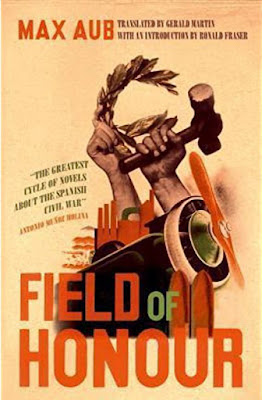The Course of Love
Back in the 1990s, a fiction subgenre emerged in England parallel to the men’s magazines (or rather, lad’s magazines) which popularised views of a new version of masculinity, more hip, more ‘Cool Britannica’, fluid to a degree and yet ultimately re-presenting the experience of prolonged heterosexual adolescence. Alain de Botton’s three novels – Essays in Love, The Romantic Movement and Kiss and Tell were written at the high-brow end of this spectrum, integrating de Botton’s reading of philosophy, psychology and literature within an accessible romantic love story of the boy-meets-girl, move-in-together, break-up and learn-something-new variety. As a more genuinely accomplished novelist, Nick Hornby was more successful, with film versions of High Fidelity and About a Boy to boost the book sales. His stories were about flawed-yet-likeable males who needed to learn something, by means of the same romantic cycle.
Another example was Mike Gayle’s novels, such as Mr Commitment and Turning Thirty. These explore familiar themes of growing up,
learning about one’s own bad habits, and wondering if one can commit to a
relationship that threatens to end that romantic era of the young man’s
twenties (hence ‘turning 30’ as a crisis).
Alain de Botton’s fourth novel, The Course in Love, his first in twenty years, is a return to this
genre. Since it aims to portray a more mature view of love, it both succeeds and
fails as literature. Another way of saying this – and de Botton’s narrator
makes the same point himself – is that literature entertains in a way that life
doesn’t, and our expectations around romantic love stories in book and film
bear little relationship with the day to day lives we lead, as must needs be, unless
we wish to be thoroughly depressed, narcissistic serial monogamists. The book
is divided up into the chapters that tell the story: romanticism, ever after,
children, adultery, beyond romanticism. You might say that the genre normally
deals with the first stage (romanticism) and flirts with the next two as the
adult phases the protagonist fears the most (marriage, and the responsibility
of family). Here de Botton takes the reader into the lives of a heterosexual
couple, and while he tells both sides of the story, there is more about Rabih
(would-be architect) than Kirsten (city council town planner). Each is treated
sympathetically: they are flawed characters and yet the fault lies in the cycle
of childhood to adulthood, with their own parents’ imperfections, and with some
serious traumas to deal with in terms of deaths and desertions. Much of this is
narrated rather than experienced in any depth by the reader.
The narrative is split up by italicised sections where we
hear direct talk from the author. It is as if de Botton’s other self - as
philosopher of everyday experiences, happily revealed to us in such texts as Religion for Atheists and The Art of Travel - has snuck into the book and interrupted the
novelist. Here is an example that nicely illustrates both the themes of the
novel and some of the problems it encounters:
By the standards of most love stories, our own, real
relationships are almost all damaged and unsatisfactory. No wonder separations
and divorce so often appear inevitable. But we should be careful not to judge
our relationships by the expectations imposed on us by a frequently misleading
aesthetic medium. The fault lies with art, not life. Rather than split up, we
may need to tell ourselves more accurate stories – stories that don’t dwell on
the beginning, that don’t promise us complete understanding, that strive to
normalise our troubles and show us a melancholy yet hopeful path through the
course of love (p.215).
Stories like The
Course of Love, in other words, like this novel-of-sorts. Alain de Botton’s
return to fiction is welcome, since he has something interesting to say and
since the advice is consistently good throughout. Measured against art and
literature, it falls short, because it is a hybrid text, something in between
philosophy and literature. As a clearly spoken pedagogue, de Botton the
philosopher is more intent on leading us to conclusions than letting us learn
those lessons ourselves through the often negative-examples in art and
literature. Yet as another ‘essay in love’, and a return to a genre by a man
who now has the maturity of hindsight, the story moves us to the territory it
formerly feared the most: marriage, children, and life ever after (minus the
blinkers).




Comments
Post a Comment